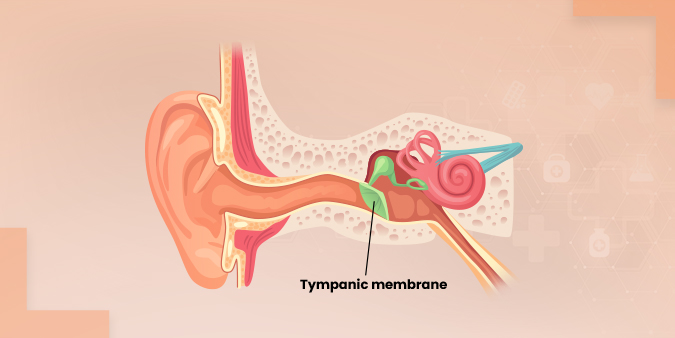
Tympanoplasty: Real Stories and Easy Recovery Tips
Wednesday, 22nd May 2024Tympanoplasty is a surgical procedure aimed at repairing a perforated eardrum or other issues within the middle ear. This article delves into real-life experiences of those who have undergone the surgery and offers practical tips for a smooth recovery.
Introduction to Tympanoplasty
Tympanoplasty is a common procedure to repair a damaged eardrum, helping to restore hearing and prevent recurring ear infections. This surgery can be life-changing, offering relief from pain and improving quality of life.
Understanding the Eardrum and Middle Ear
The eardrum, or tympanic membrane, is a thin tissue that separates the outer ear from the middle ear. It plays a crucial role in hearing by vibrating in response to sound waves, which are then transmitted to the inner ear.
Why is Tympanoplasty Needed?
Tympanoplasty is performed to:
- Repair a perforated eardrum due to infection or injury.
- Remove or repair damaged ossicles (tiny bones in the middle ear).
- Improve hearing loss caused by chronic ear infections.
Types of Tympanoplasty
1. Type I Tympanoplasty
Also known as myringoplasty, it involves repairing a simple perforation of the eardrum.
2. Type II Tympanoplasty
This type involves repairing the eardrum and the malleus (a small bone in the ear).
3. Type III Tympanoplasty
This surgery repairs the eardrum and the incus (another small bone in the ear).
4. Type IV Tympanoplasty
This involves more complex reconstruction, including the stapes bone.
Real Stories: Patient Experiences
Hearing about the experiences of others can provide comfort and insight. Here are some real stories from patients who underwent tympanoplasty: Sarah’s Story: "I had a perforated eardrum due to a severe ear infection. The surgery was quick, and my recovery was smooth. Within weeks, my hearing improved significantly." John’s Experience: "As a musician, my hearing is crucial. Tympanoplasty not only fixed my eardrum but also restored my confidence in my career."
Preparing for Tympanoplasty
Preparation is vital for a successful surgery:
- Discuss your medical history with your doctor.
- Avoid taking certain medications as advised.
- Arrange for someone to accompany you on the day of the surgery.
What to Expect During the Surgery
Tympanoplasty is usually performed under general anesthesia. The procedure involves:
- Making an incision behind the ear to access the eardrum.
- Using a graft (often taken from a vein or muscle sheath) to repair the eardrum.
- Closing the incision with stitches.
Immediate Post-Surgery Care
After the surgery, you will need to:
- Rest and avoid strenuous activities.
- Keep the ear dry and avoid water exposure.
- Take prescribed medications to manage pain and prevent infection.
Long-Term Recovery Tips
For a smooth recovery:
- Follow your doctor’s instructions carefully.
- Avoid blowing your nose forcefully.
- Refrain from flying or scuba diving until fully healed.
- Attend all follow-up appointments to monitor healing.
Potential Risks and Complications
As with any surgery, tympanoplasty has potential risks:
- Infection at the surgical site.
- Temporary dizziness or hearing loss.
- Tinnitus (ringing in the ears).
- Rarely, failure of the graft to heal properly.
Hearing Improvement After Surgery
Many patients experience significant hearing improvement after tympanoplasty. It may take a few weeks to notice the full benefits as swelling subsides and the ear heals.
Diet and Lifestyle Adjustments
Maintaining a healthy lifestyle can support your recovery:
- Eat a balanced diet rich in vitamins and minerals.
- Stay hydrated.
- Avoid smoking and exposure to secondhand smoke.
When to Contact Your Doctor
Seek medical attention if you experience:
- Severe pain or swelling.
- Persistent dizziness or nausea.
- Discharge or bleeding from the ear.
- Fever or signs of infection.
Conclusion
Tympanoplasty can be a highly effective solution for eardrum repair, leading to improved hearing and quality of life. By understanding the procedure and following recovery tips, you can ensure a successful outcome.


